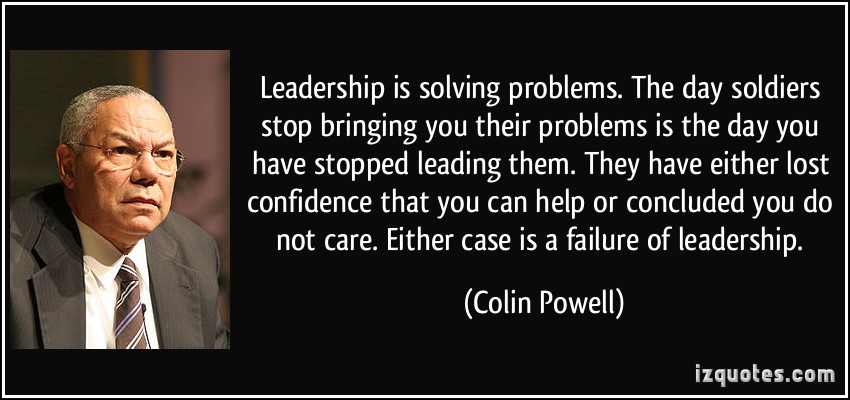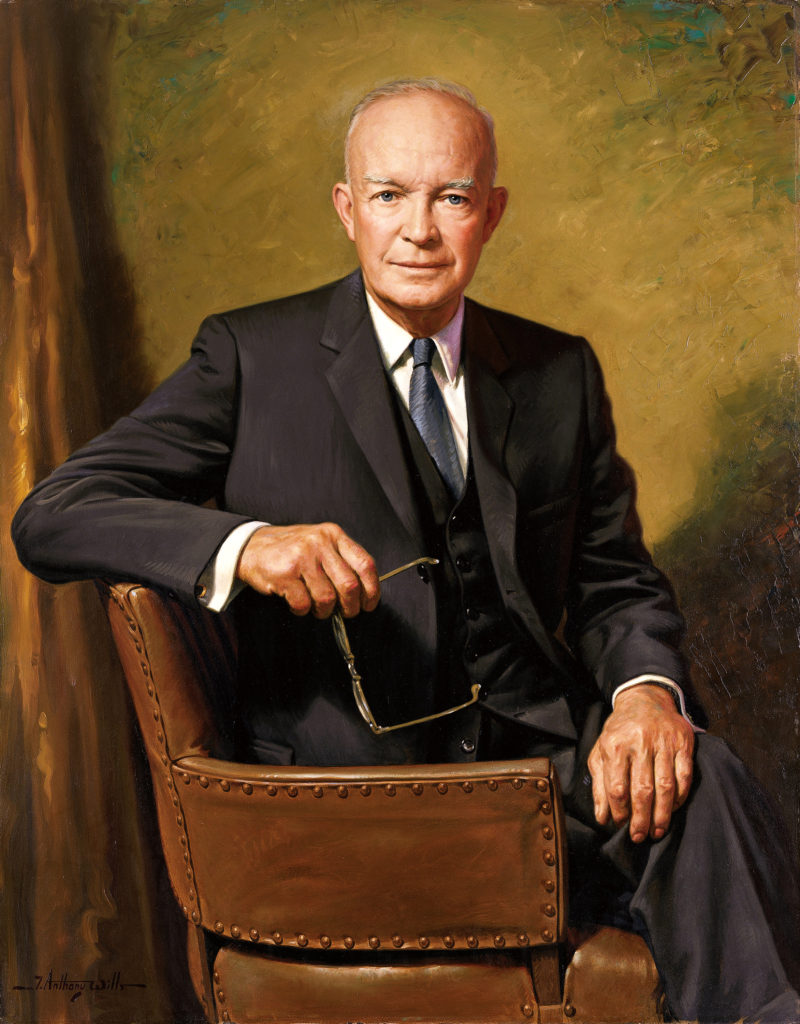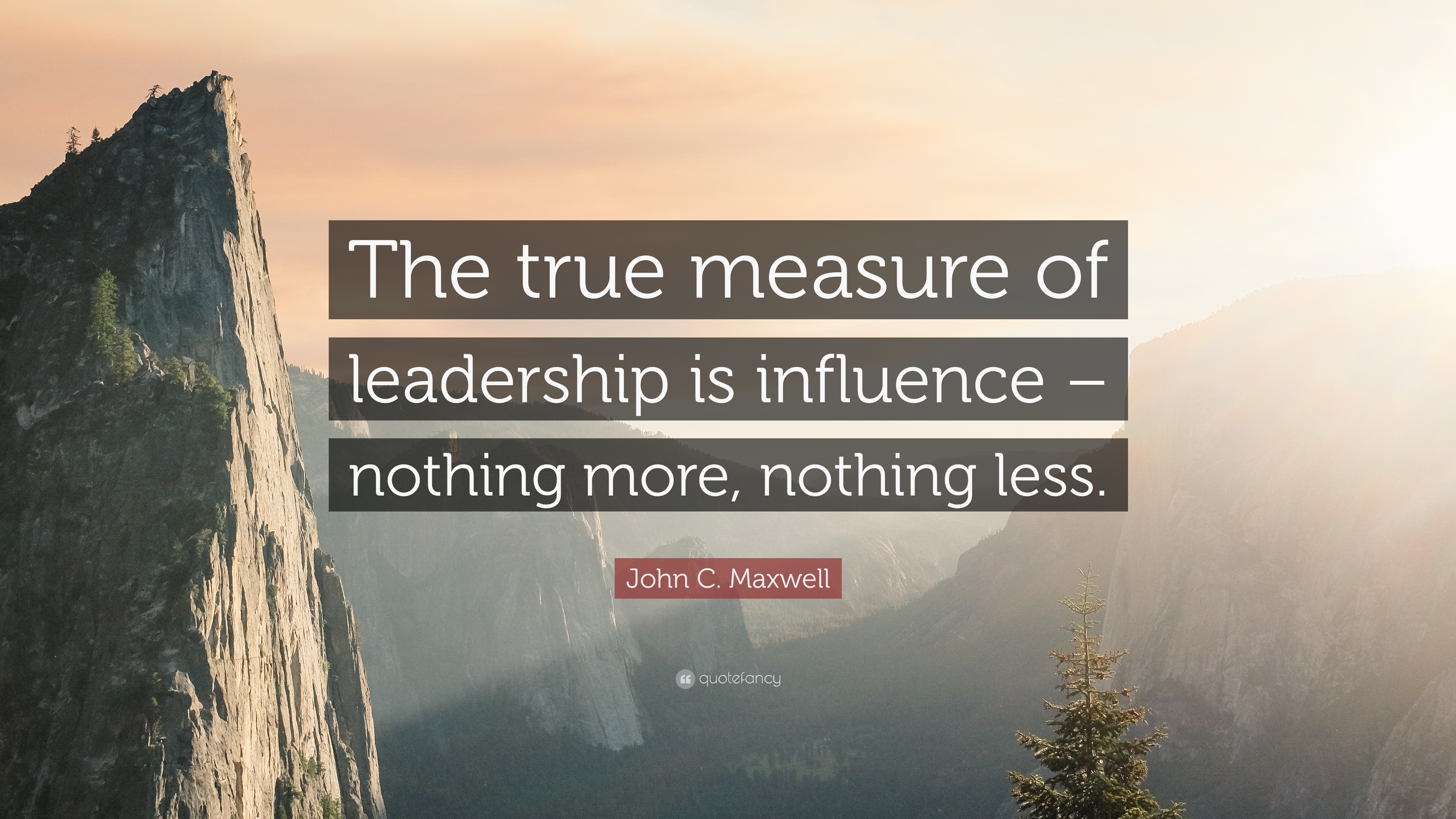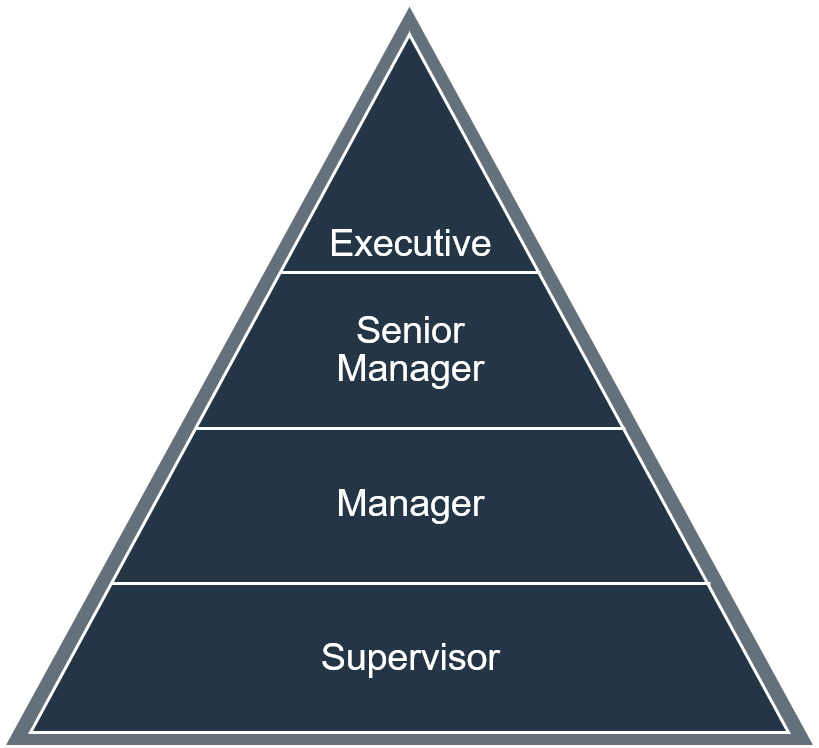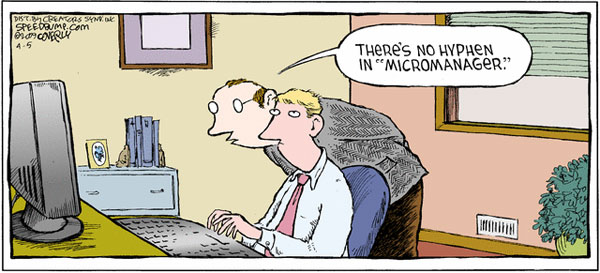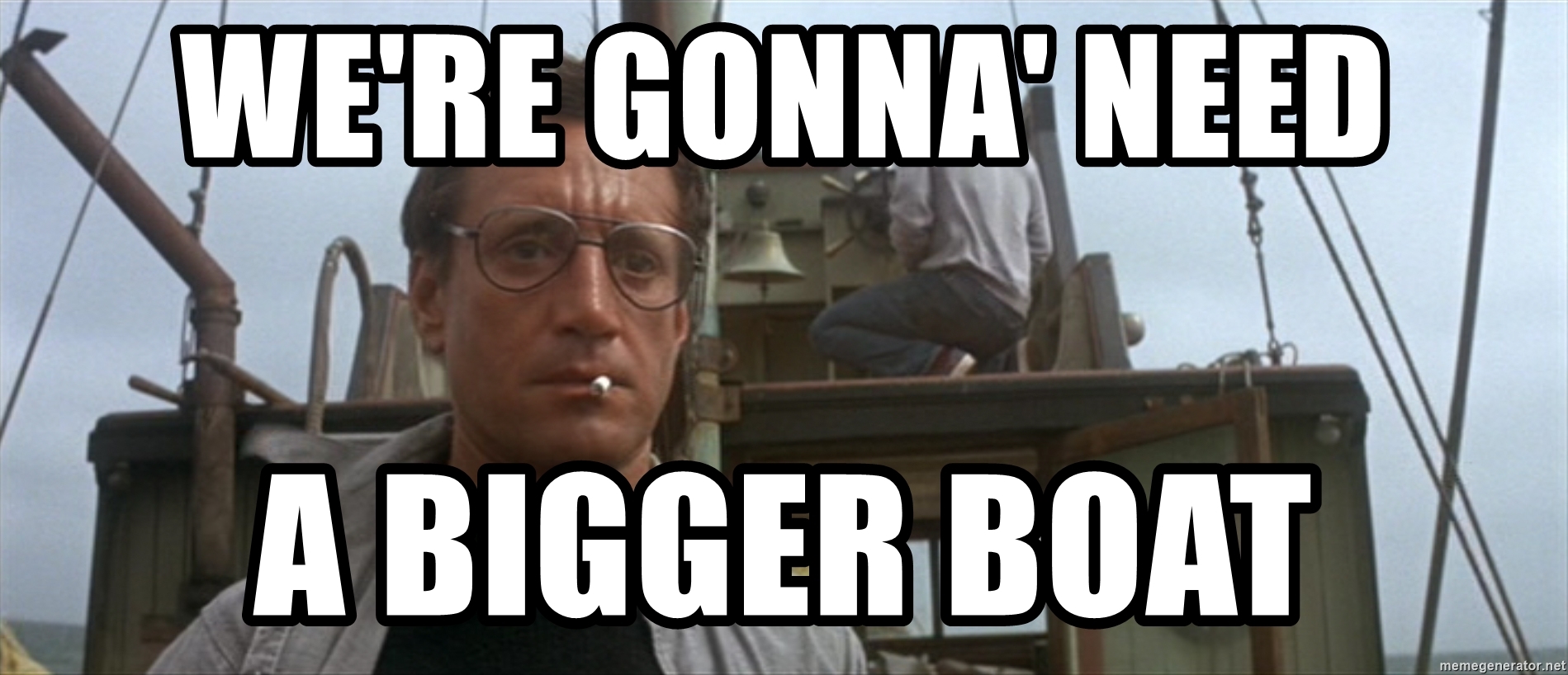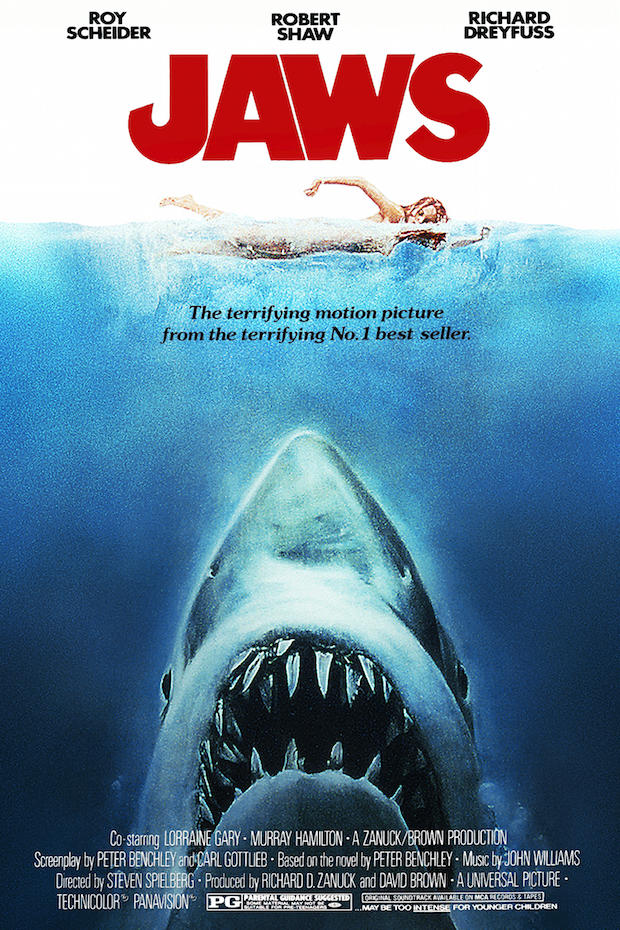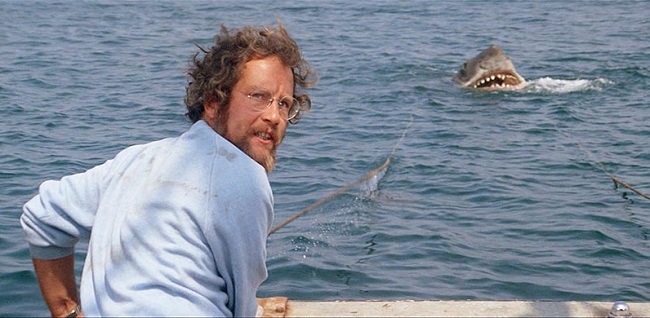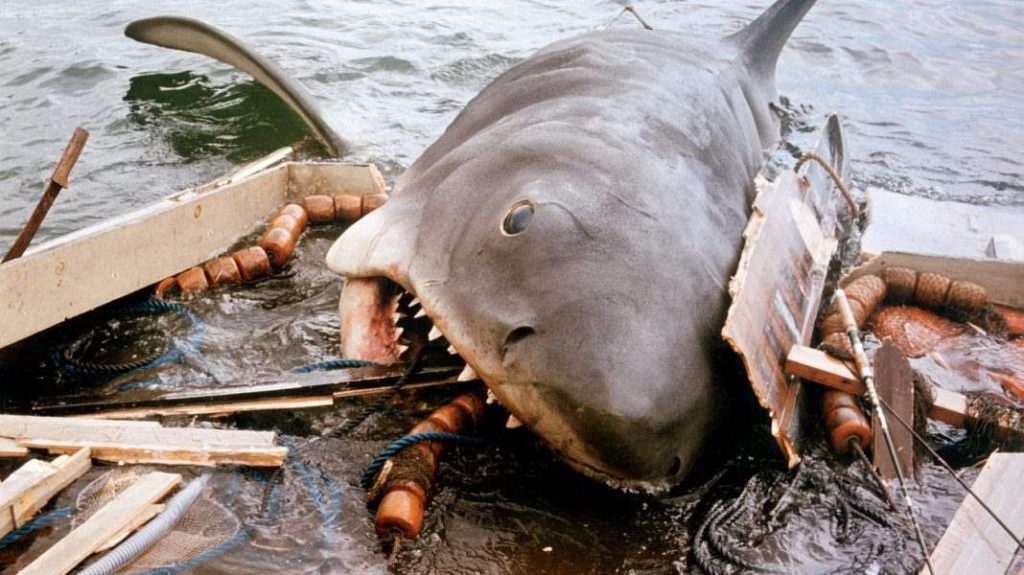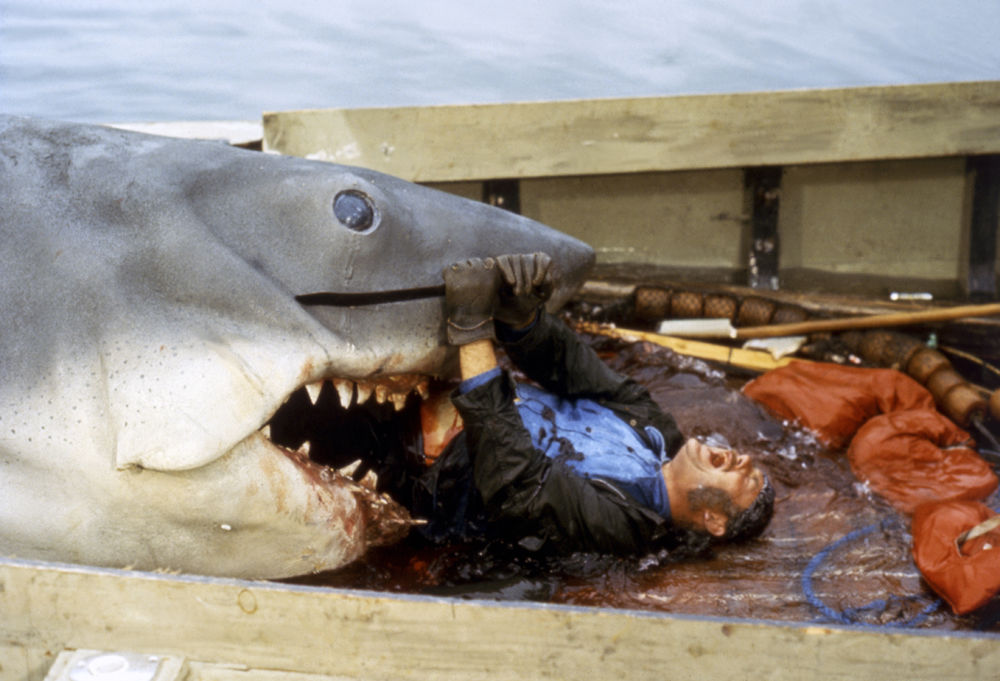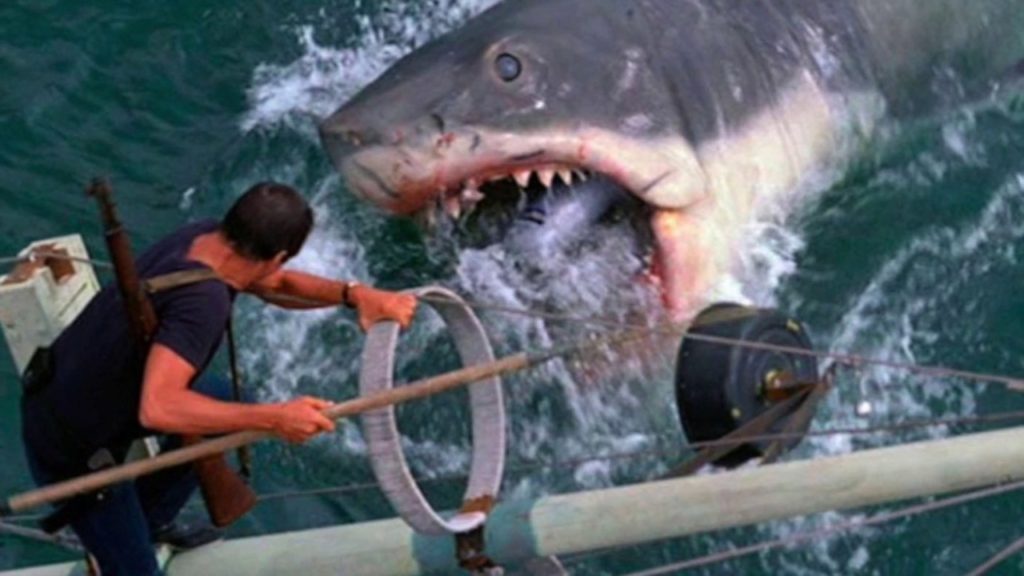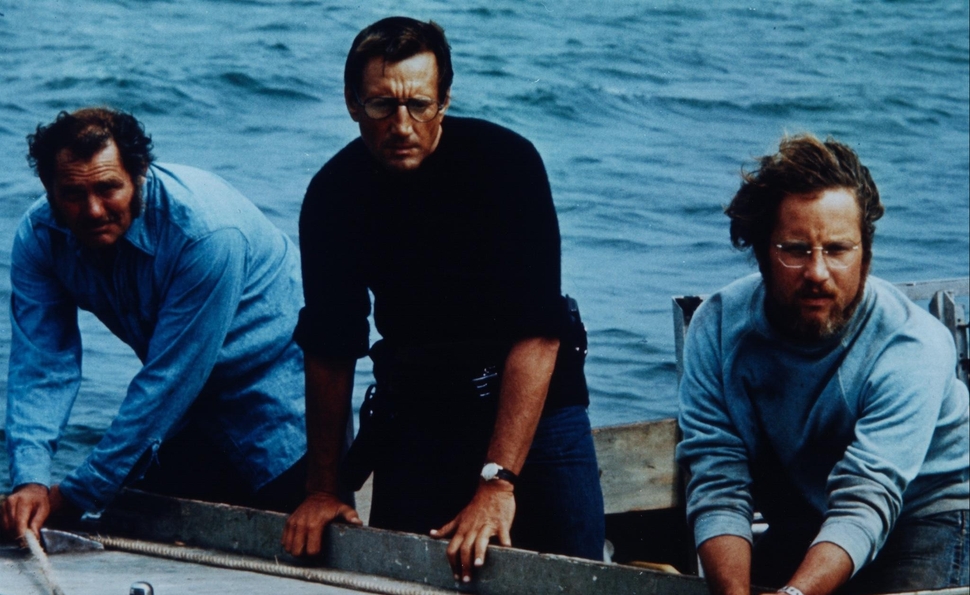Leaders are expected to deliver success
When a leader is put in charge of a team they are expected to deliver positive results. This axiom is particularly true in professional sports. No pro sports club hires a new coach thinking that the team will have a losing season. No. The coach is there to make the team win. The fans expect no less. The same is true in business. Organizations do not put leaders in place to perform poorly. The exact opposite is true. They are expected to succeed. They must be able to handle adversity.

Leaders are replaced when they fail to deliver
If leaders do not deliver positive results they are replaced. It is how the sports entertainment industry works. Every year coaches who do not win are replaced. Some sports leagues like the NFL and English Premier League are brutal on coaches. No one cares if the team does not have enough talent to win. The expectation remains the same – win. The coach or manager is fired if the team does not win. No exceptions, no excuses. The business world is not much different. Organizations cannot afford to keep losing leaders in place. Too much is at stake.

Teams that win are remembered and remain
In sports, the teams that win championships are the ones we remember. Try to recall who lost the Super Bowl two years ago. Hard to do. It was the Atlanta Falcons. We are much more likely to remember that Tom Brady led the New England Patriots to the greatest come from behind victory in Super Bowl history. It was an amazing win.

Winning year after year is hard
Last year’s Super Bowl was a much different story. The Philadelphia Eagles reigned supreme. So it goes. Winners are remembered. Losers are forgotten. The business world is not much different. Companies come and go based on how they perform. The companies that succeed remain. Others disappear over time.

Success in sports requires winning when it counts
No one really cares how a team performed during pre-season. Those games do not count for much. They are practice. Instead, success is measured by how a team performs in the playoffs. Was the team even able to make the playoffs? If not – it Wmight be time for a new coach. Were they able to win it all, and take home the trophy? Did the team win when it counted the most?

The need to succeed is the same in the business world
The same is true in business. What about your team. Did your team deliver when it mattered the most? Did you close the deal, or lose to a competitor? Were you able to make your clients successful? Did you make your financial numbers this quarter? Are you growing? Are you winning? If your team is not able to win when it counts, then you may be in trouble as a leader.

All teams face adversity at some point
Success does not come easy. If it did every team would be successful. Many teams struggle to succeed, to deliver, to win. Why is that? All The Way Leadership! believes that many teams struggle because they do not deal well with adversity. Instead of rising to the occasion they crumble. They lose.

Some perform their worse when it matters the most
They miss the shot. They fumble the ball and fail to get the first down. Great teams, on the other hand, deal well with adversity. They overcome it and make the shot. The team scores the goal. They deliver. They win.

The leader plays a critical role when adversity strikes
What is the first thing that team members do when they face adversity? They turn to their leader for guidance about the best way to handle the situation. Picture the New England Patriots going into halftime at Super Bowl LI. The one they were losing to the Atlanta Falcons big time. The likelihood of winning was remote at best.

How leaders respond to adversity will affect the team
You better believe that most of the players were looking to Tom Brady and Bill Belichick for leadership. They were wondering what do we need to do to win. How were Tom and Bill acting? What were they doing? I bet they were cool-headed. They were analyzing what happened in the first half. They were mapping out a new strategy to win.

The leader must keep her wits when times get tough
What about you? How do you behave when adversity strikes? How do you handle the situation? Are you able to remain calm and lead your team to victory? Or do you lose your cool and become unhinged? I am not saying that all leaders need to remain calm at all times. There are a time and a place for high energy leadership. Rather I am saying that it is important that a leader keep her wits when adversity strikes.

Leading well requires that you keep your head in the game
Few people want to follow someone who loses control of himself during high-pressure situations. Some sports coaches and leaders yell and scream when put under pressure. I have worked for this type of leader. It is unsettling and usually does not end well for the team. No one wants to work for a leader who turns into the Hulk under pressure.

When you are the leader quitting is not an option – deal with adversity
Real leaders do not quit when it gets hard. Instead they dig-in. They double down. They do all that they can to lead their team to victory. In the end, they may lose, but at least they gave their best effort. Their team members and others will respect a leader who goes the distance. The one who puts it all on the line. Simply put – quitting because it gets hard is not an option when it comes to leadership. When you want to quit remember the words of Winston Churchill.
Never, never, never give up.
Winston Churchill
You are telling your team that it is okay to quit
If you quit, then you are signaling to your team that it is okay to deal with adversity by avoiding it. Which brings me full circle to my original point. In order to win, a team must be able to deal with adversity. It is a rare thing that victory comes without it. Hang in there, and lead your team effectively when adversity strikes. It will make the victory that much sweeter.
ATW! is designed to make you a better leader
I hope you join me on this journey to raise up the next generation of leaders. The world is in desperate need of more great leaders. Women and men who lead with confidence, clarity, and creativity. It’s time to become the leader that your world needs. Let’s go All The Way!

